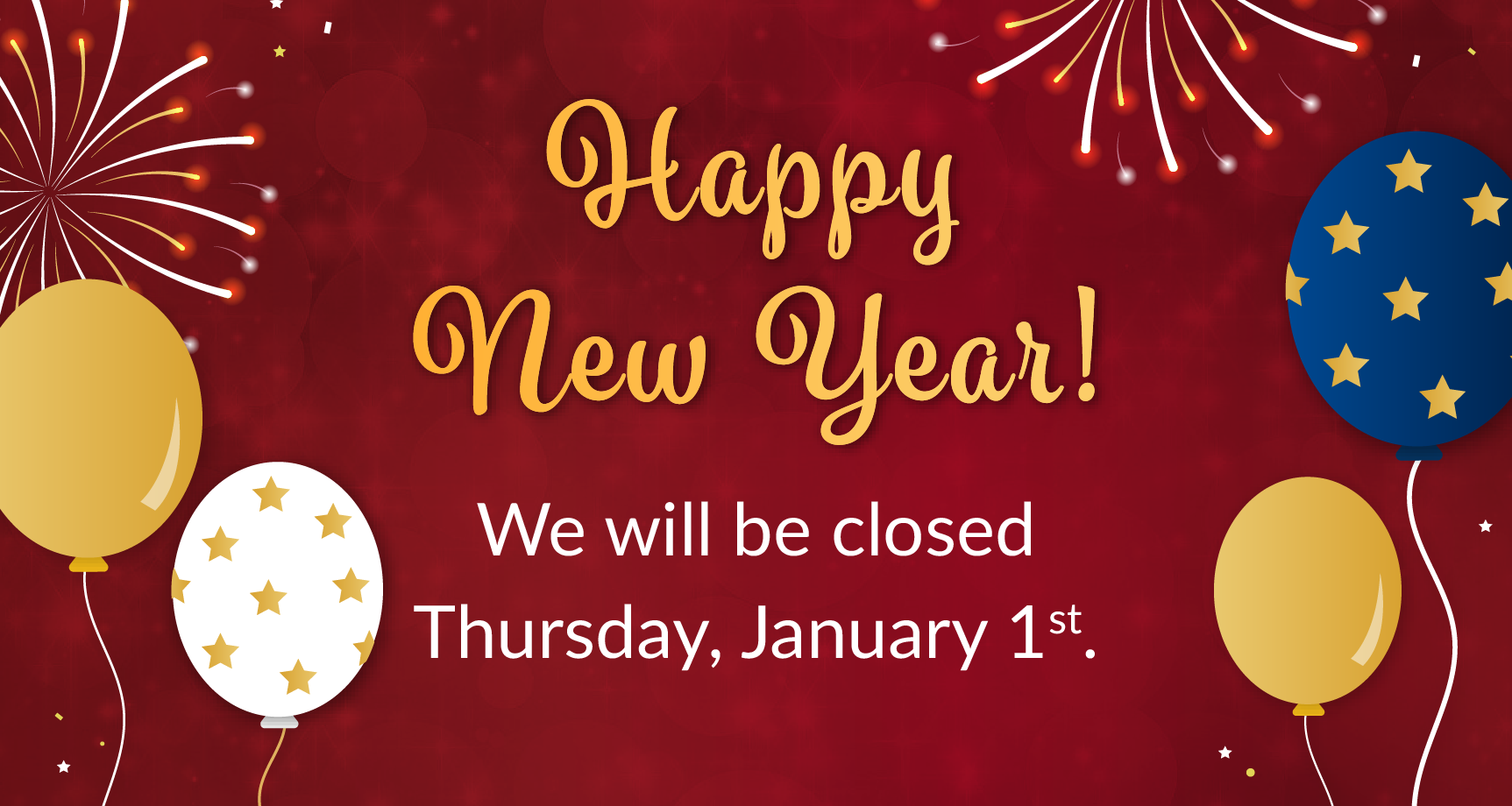

World Continence Week: Understanding Types of Incontinence
Incontinence is an often misunderstood and under-discussed topic, yet it affects millions of people worldwide. World Continence Week (WCW), held annually in June, aims to raise awareness about bladder and bowel problems, promote better understanding and support those affected. This year, let’s take a closer look at the different types of incontinence, their causes and ways to manage them.
What is Incontinence?
Incontinence refers to the involuntary loss of urine or feces. It can range from occasional leaks to complete loss of bladder or bowel control. While it can affect anyone, incontinence is more common in older adults and women.
Types of Incontinence
Understanding the different types of incontinence is crucial for effective management and treatment. Here are the main types:
1. Stress Incontinence
Stress incontinence occurs when physical activity or exertion, such as coughing, sneezing, laughing or lifting heavy objects, puts pressure on the bladder, causing urine leakage. This type is often linked to weakened pelvic floor muscles, which can be a result of childbirth, surgery or aging.
2. Urge Incontinence
Urge incontinence, also known as overactive bladder, involves a sudden and intense urge to urinate, followed by involuntary urine loss. This condition can be caused by infections, neurological disorders or conditions like diabetes. It often results in frequent urination, including waking up multiple times at night.
3. Overflow Incontinence
Overflow incontinence happens when the bladder doesn’t empty completely, leading to frequent dribbling of urine. This can occur due to weak bladder muscles, blockages or nerve damage from conditions like diabetes or spinal cord injuries. Men with prostate issues are particularly susceptible to this type.
4. Functional Incontinence
Functional incontinence is related to physical or cognitive impairments that prevent an individual from reaching the bathroom in time. Conditions such as arthritis, stroke or Alzheimer’s disease can contribute to this type. It is not caused by urinary tract issues but rather by other health problems that hinder mobility or cognitive function.
5. Mixed Incontinence
Mixed incontinence is a combination of stress and urge incontinence. Individuals with mixed incontinence experience symptoms of both types, often triggered by a variety of factors. This type is common, especially among older women.
Causes of Incontinence
Incontinence can result from various factors, including aging, childbirth and pregnancy, menopause, prostate issues, neurological conditions, chronic conditions and lifestyle factors. The cause of your incontinence and type significantly impacts the choice of treatment. Because different causes dictate specific treatment approaches, it’s important to discuss with your doctor the cause(s) of your incontinence to get the right strategy in place to manage it.
Managing Incontinence
While incontinence can be challenging, there are various strategies to manage and reduce its impact on daily life such as lifestyle changes, pelvic floor exercises, bladder training, medication, medical devices and more. SaniSnooze is here to help with our line of mattresses, mattress covers and incontinence supplies. We offer options to provide solutions for every age group and incontinence issue. Having proper support and the right education surrounding your type of incontinence is key to determining the right strategy/strategies for you.
Raising Awareness During World Continence Week
World Continence Week provides an opportunity to break the stigma around incontinence, encourage open discussions and promote education. By understanding the different types of incontinence and their management strategies, we can support those affected and improve their quality of life. Let’s use this week to spread awareness, offer compassion and champion better care for all individuals experiencing incontinence.
**The information on this site is not intended or implied to be a substitute for professional medical advice. If you are having a severe and sudden change in physical or mental health, please call 911, contact a local emergency facility or consult with your doctor. Always seek the advice of your physician or other qualified healthcare provider, and never disregard the advice given because of information you have received from our website. SaniSnooze is a division of DiaMedical USA.**
Our mission at SaniSnooze™ is to get you back to sleep faster. SaniSnooze™ will keep your mattress core clean and dry all night long.



